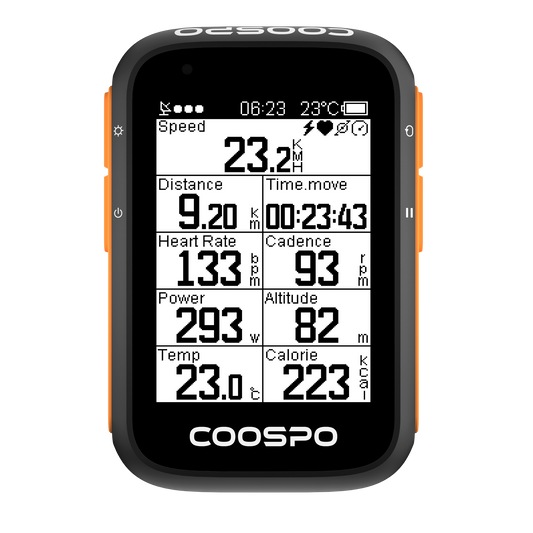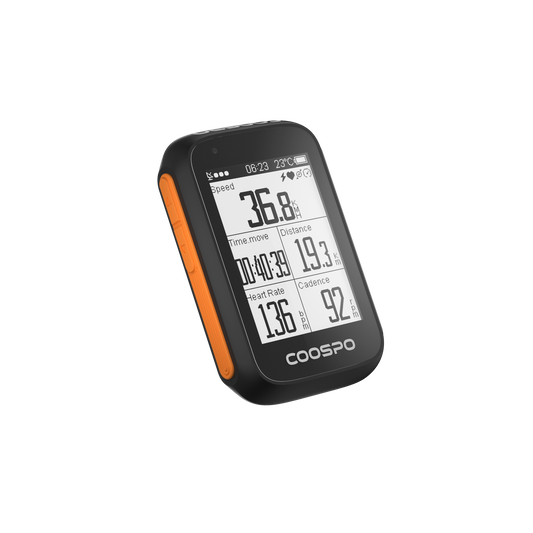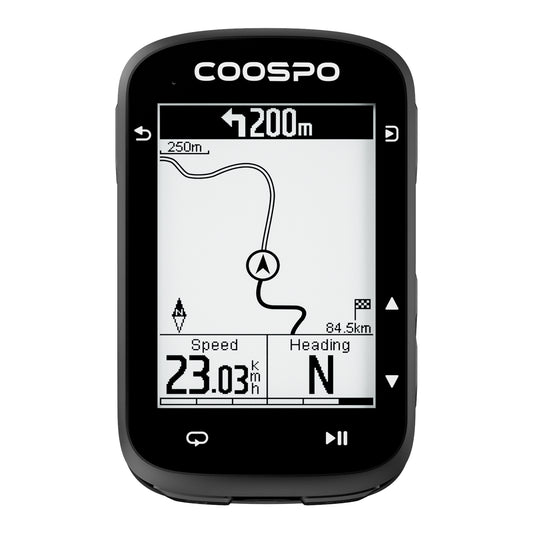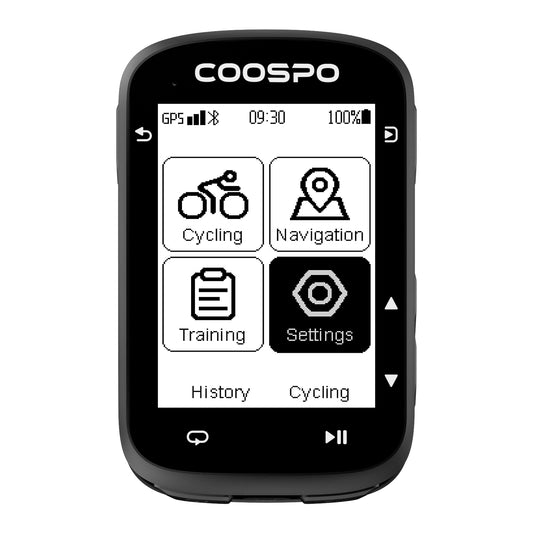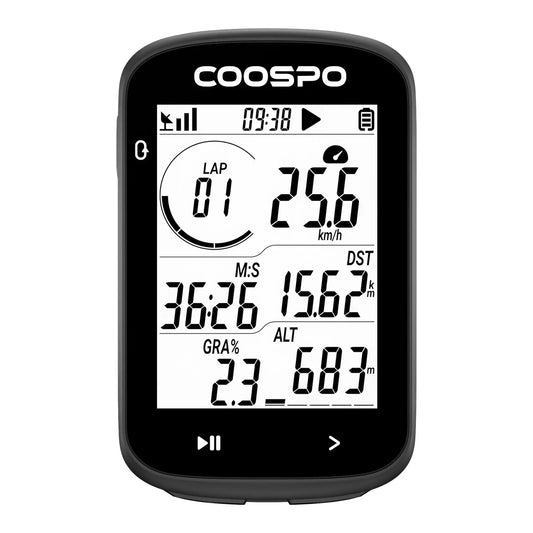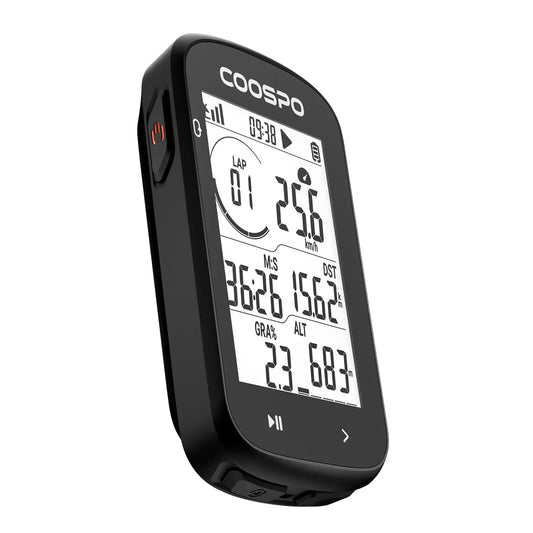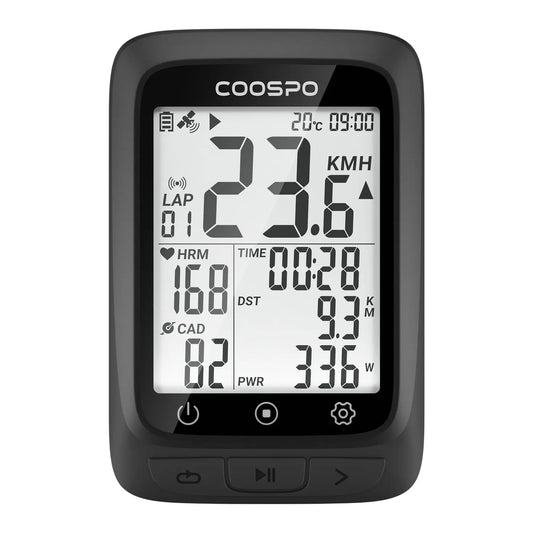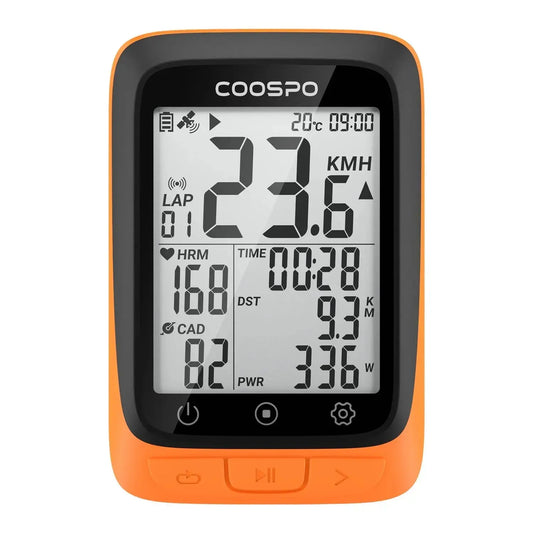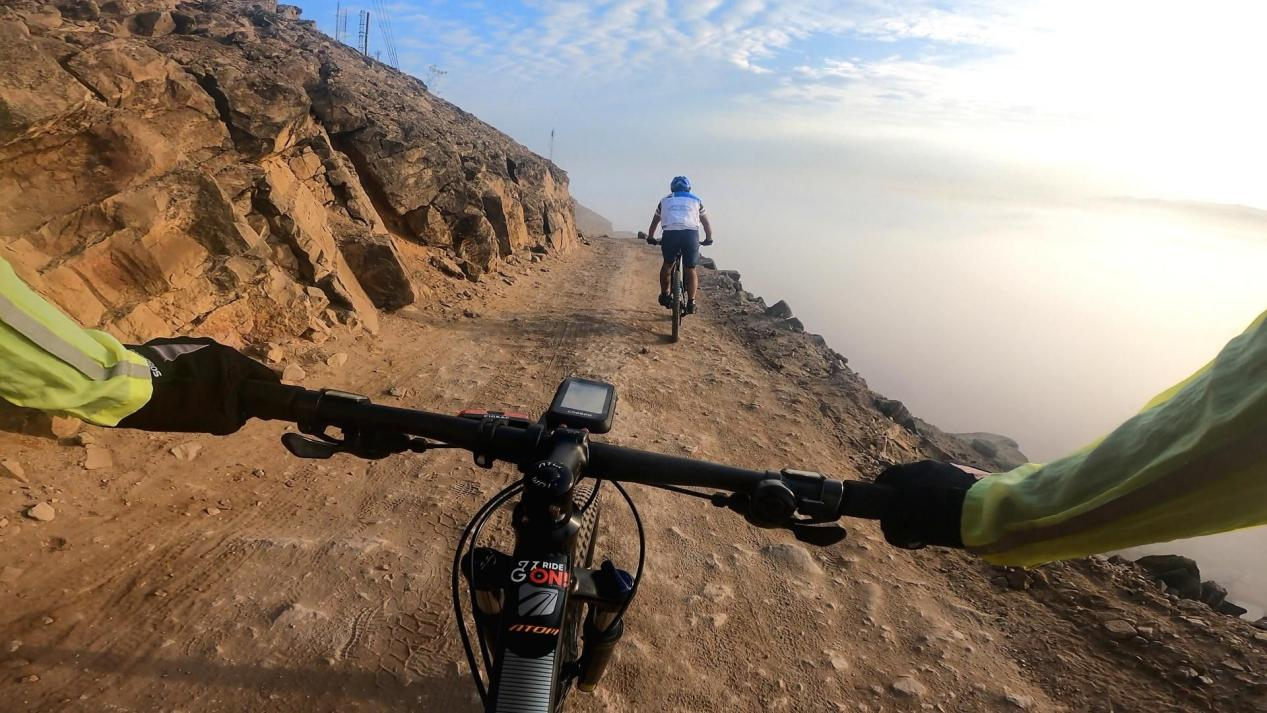Hard-Core Analysis: How Many Kilometers Does It Take to Lose A Kilogram of Fat?
Hard-Core Analysis: How Many Kilometer Does It Take to Lose A Kilogram of Fat?
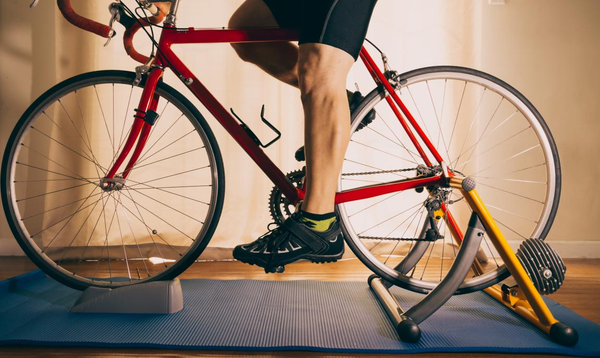
If riding a bike is only to lose weight, it's really no fun! Losing weight is obviously supposed to be an extra buff from a happy bike ride!Enjoy the calories you burn by cycling one kilometer,To put it another way, if your instructor asks you to increase your power-to-weight ratio, or your physician asks you to increase your exercise slightly for health benefits, then cycling for weight loss is a really efficient exercise.
However, can we equate the goal of weight loss with the number of kilometers we ride? The simple answer is: Maybe...? In order to understand the complex science behind it, and to answer the question "how many kilometers can I lose one kilogram of fat by riding", we can look at the research of experts.
Grab a calculator, just listen to what they say.
Cycling requires effort, force requires energy, and the burning of energy can help us reduce our love handles — this is common sense. However, apart from this great truth, how can we accurately calculate how much weight can be lost by cycling? So, the question is: how long does the ordinary cyclist need to ride to lose one kilogram of fat, assuming that diet and daily activity remain unchanged?
Science can help us get the answer, but that answer doesn't compute so well — you must always remember that you have to take the nutrition you consume into account, after all, you can't ride any more than you eat.
"Weight loss is not an exact science that can be calculated accurately, it involves many different variables," said Adam Carey, CEO of health website corperformance.co.uk "but cyclists can use the following formula to roughly calculate their energy expenditure: Average power * time (hours) * 3.6."
According to the above formula, if your body does an average of 100W of work per hour for two hours, you can burn 720 kcals. Similarly, you can use bike treadmills with a steady 200W power output for one hour, and also consume 720 kcals — or if you have a power meter, and ride along a fixed route with a fixed power, the effect is basically the same.
So what we need to do now is to calculate the total number of calories we need to burn, and to achieve the goal of losing 1kg of fat.
Greg Whyte, professor of applied sport and exercise science at Liverpool John Moores University, told us, "We can roughly estimate that 1 gram of fat contains about 9 kcal of energy."
"Assuming these settings are correct - just an assumption, after all, people are different — this means that 1 kg of body fat is equal to 7800 kcals of energy approximately (870 g of lipid * 9 kcals/g energy within fat)."
We assume that you will be riding at an average power of 200 watts. Carey said, "Few of us ride long distances leisurely and still have an average power of 200W+."
If you divide the 7800 kcals that makeup 1kg of fat by the 720 kcals burned in one hour of 200w cycling, it would take 10.83 hours — to be exact, 10 hours, 49 minutes, and 48 seconds, to burn 1kg of fat.
Let's continue with the assumption that you are on a flat road, with 200W average power, no headwind, and an average speed is roughly 30km/h. This means that to burn 1kg of fat, you must ride 324.9km.
Wait a minute!
Carey and Whyte both said, "It's definitely not that simple!"

"There are several challenges," Carey said, "and the first one is diet. The numbers are reasonable based on the fact that you're not changing your calorie intake and maintaining good, healthy eating habits."
In fact, it's so difficult for the ordinary human being to do this that often after intense exercise, the appetite increases dramatically.
If you have two people sitting in a room for a half hour, they are definitely less likely to be hungry than two people who ride a bike for half an hour. If you drink a latte after a bike ride, that's an estimated 200 calories.

If your average power is 100W that half hour equals a waste of practice.
"I just completed the 'Sahara Desert Marathon' recently (An epic and tough desert trail running race). On a long day, I consumed about 8,000 calories, but I didn't lose a single kilogram. This total consumption is made up of carbohydrates and protein, which is very complicated."
The type of riding you do will affect the ratio of fat to carbohydrate that you burned." Both low-intensity cycling and anaerobic threshold (maximum sustained power) have a corresponding Respiratory Exchange Ratio (RER)." Whyte said.
"This is the ratio of oxygen consumed to carbon dioxide produced, from which we can estimate the energy source. RER is 1.0 or above, meaning you are primarily metabolizing carbohydrates," he added.
RER of 0.7 is pure fat consumption, and you can only get close to this number if you are resting or doing very light exercise. The harder you work out, the more carbohydrate you consume.
That's why the slow, steady exercise interval is called the "fat-burning interval". But you also have to be careful, because any excess carbohydrate intake can lead to fat production, and excess sugar is broken down into fat during the breakdown of carbohydrates.
If you exercise hard enough, these carbohydrates will become a source of energy, but if not, they will be stored as fat.
Now the best thing to do is to cut off the carbs and quit riding - or not to ride hard. But beyond that, there is another way.
"If you do intermittent high-intensity riding, you can still calculate the average power output, but it continues to affect your metabolism after you stop riding," Carey said.
The benefit of intermittent riding — a combination of short, intense rides and recovery rides — will increase your metabolic rate for the next 24 hours. But this method is not perfect, and it can cause damage to your body.
This type of exercise causes more damage to muscle fibers than steady-state training, and the damage will last for at least 48 hours, so if you continue to ride the next day, your workout will regress.
"If you don't train enough for this type of exercise, your actual power output may get lower and lower instead."
And this is where you're going to brainstorm.
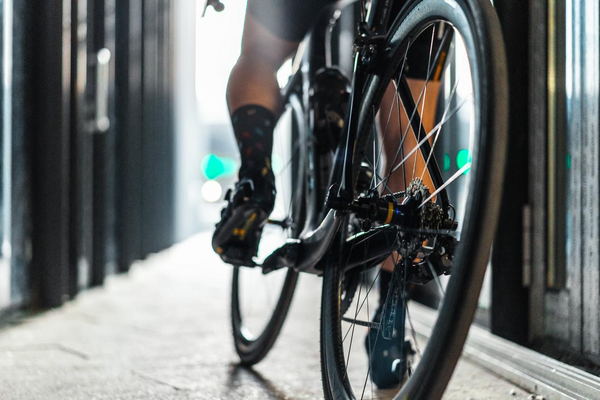
Based on the above points, we have to find a balance. There is another way to optimize fat burning on days when you don't do interval exercise.
"You can control calorie consumption by riding at a long, slow pace on an empty stomach. Do not eat before or during the ride," Whyte said, "It increases the fat-burning rate, but you have to ride for four to six hours. You can't just ride for an hour as you do with running."
Combine this with interval training to increase your BMR (Basal Metabolic Rate), but don't do interval training while fasting. This is because interval training requires more carbohydrates to be consumed, so you need a source of energy or you won't be able to complete the workout.
What's worse, if you are under-cared, your body will enter a catabolic state and begin to burn muscle because when you enter a "negative calorie balance," your body cannot prioritize the existing fat stock.
In a nutshell, you need to combine long fasted rides with plenty of interval high-intensity training, "twice a week is ideal," Carey said, as a way to improve your fat-burning capacity.
So what should we do? "How much fat you burn is different for everyone," Whyte said. But if you get into the habit of exercising on an empty stomach, your fat energy-burning percentage will be around 20 to 50 percent.
With this relatively low valuation as a benchmark, let's go back to the figure of 324.9 km. If 20% of the total energy expenditure over this distance comes from fat, then you would need to ride 5 times as far to burn 1 kg of fat.
"In reality, it's not a perfect scientific conclusion," Carey said. But let's give it a try!
After 1624.5 kilometers, we'll see!



